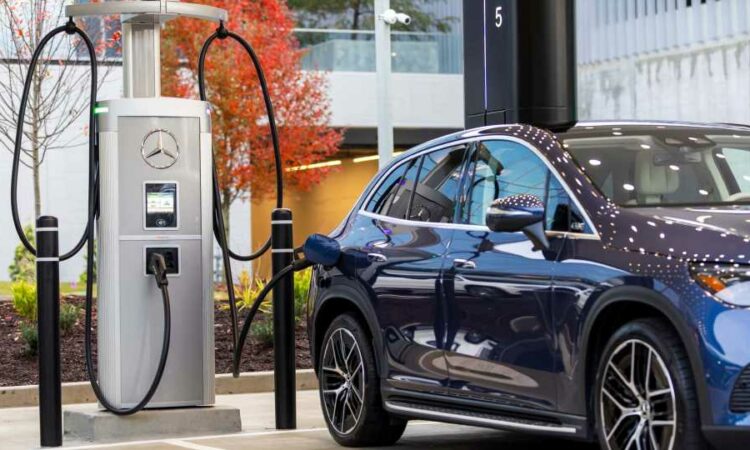The range of an electric vehicle will always stir up debate, and usually, people will complain that it’s too short (insert The Office joke here).
It happened with the Tesla Cybertruck, which fell short of expectations in the range department after the production-spec model was unveiled at the end of last month. It also happened to the Chevrolet Bolt EV and several other battery-powered cars that can go for less than 250 miles on a full charge.
At the other end of the spectrum, companies like Lucid and Fisker are touting their EVs’ ability to go the extra mile, with the Air luxury sedan touted as being capable of driving up to 516 miles on a single charge, while the Fisker Ocean was advertised as being the longest-range electric SUV in Europe with its 440-mile WLTP-rated range (that same model was rated at just 360 miles by the EPA in the United States, though).
(Welcome back to Live Wire, a new feature where we draw on the knowledge and opinions of the InsideEVs reader community. Keep it smart and keep it civil in the comments.)
Leaving the specs battle behind, how much range does one actually need?
Lucid’s CEO Peter Rawlinson himself admitted that future EVs won’t need more than 250 miles of range on a full charge, presuming the fast-charging infrastructure will make up for today’s inconsistencies.
At the same time, this survey from S&P Global Mobility discovered that range anxiety is no longer the biggest barrier for potential EV buyers, with most respondents saying that they would accept a minimum driving range below 300 miles, while only 29 percent said they would prefer over 300 miles on a full charge.
So with these numbers in mind, does it really make sense to stuff hundreds of kilowatt-hours worth of batteries in cars that will likely never take advantage of all that capacity? Maybe, maybe not.
Here’s where you come in. We want to know from our community what the ideal range figure would be for daily driving an EV. Sure, there are different scenarios–driving around town doesn’t produce as much range anxiety as driving long distances–but the question remains: how much range do you actually need?
Let us know in the comments section below.
Source: Read Full Article
